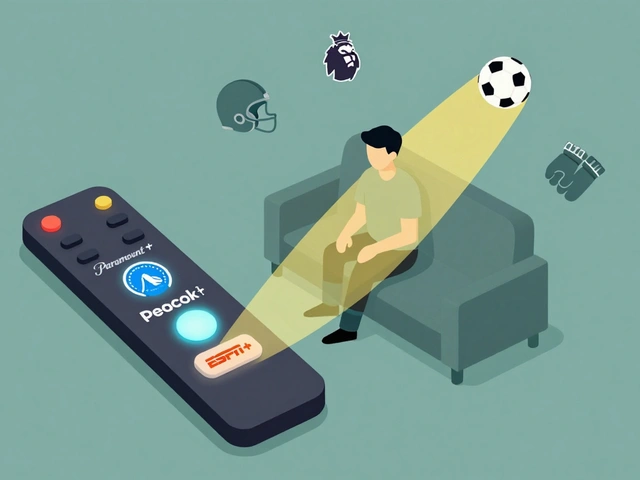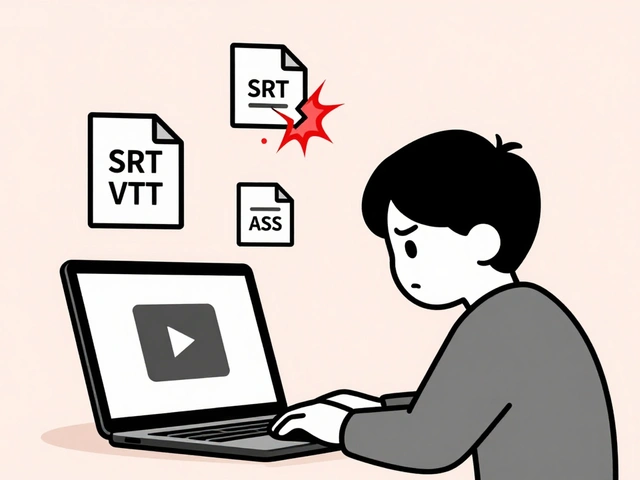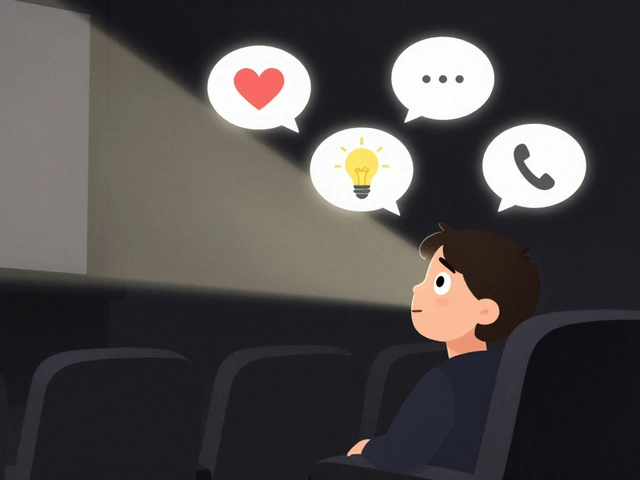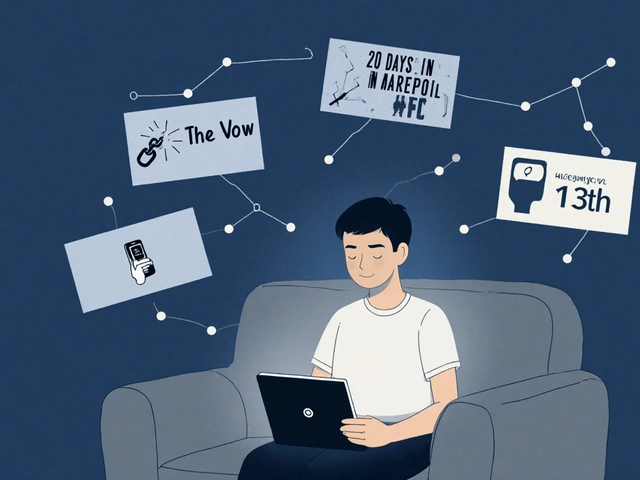The Gaze in Film: How Looking Shapes Storytelling and Viewer Connection
When we talk about the gaze, the way film directs how viewers see characters, objects, and emotions. Also known as cinematic looking, it's not just what’s on screen—it’s who’s doing the looking, and why it changes how you feel. In movies, the gaze isn’t passive. It’s a tool. A camera angle, a lingering shot, a character staring into the distance—these aren’t accidents. They’re decisions that tell you who has power, who’s vulnerable, and what you’re meant to feel.
Think about Rashomon, Akira Kurosawa’s film where four people describe the same crime in wildly different ways. Each version shifts the gaze: the bandit sees himself as heroic, the wife as a victim, the dead husband as betrayed. The truth doesn’t exist—only the way each person chooses to be seen. That’s the power of the gaze. It’s not about facts. It’s about identity, fear, and control. The same idea shows up in The Graduate, where Benjamin’s blank stare into the distance reflects his alienation from a world he doesn’t understand. The camera doesn’t explain his feelings. It just holds on his face, forcing you to sit with his emptiness.
And it’s not just about characters. The gaze controls your relationship with the story. When a director lingers on a woman’s body in a way that feels like it’s meant for male viewers, that’s the male gaze—a term that changed how we talk about film. But the gaze can also be reversed. In Darren Aronofsky’s films like Pi, the camera doesn’t just show madness—it makes you feel it, like you’re trapped inside the protagonist’s frantic eyes. That’s the gaze as immersion. It’s not about watching. It’s about being pulled in.
Even in documentaries, the gaze matters. When a filmmaker chooses to show a subject’s face without cutting away, they’re asking you to sit with their truth. When they cut to a close-up of a hand trembling, they’re telling you something words never could. The gaze doesn’t need dialogue. It doesn’t need explosions. It just needs time—and a camera that knows where to look.
What you’ll find in the posts below isn’t a textbook on film theory. It’s real examples. From how Spielberg’s camera holds a moment in Raiders of the Lost Ark to make you feel the thrill of discovery, to how Groundhog Day uses repeated glances to show transformation. You’ll see how Fellini’s 8½ turns the gaze inward, how Demon Slayer uses it to make fans feel part of the action, and how streaming platforms now shape what we’re allowed to look at through algorithms and profiles. This isn’t abstract. It’s how every frame you’ve ever watched was built—and how you can start seeing it, too.
18
The Gaze Revisited: How Film Theory Evolved from Mulvey to Intersectional Critique
How film theory evolved from Laura Mulvey’s male gaze to today’s intersectional perspectives, revealing how race, class, and identity reshape who gets to be seen-and how.
Latest Posts
Popular Posts
-
 Paramount+ with Showtime vs. Peacock Premium vs. ESPN+: Which Sports Add-On Fits Your Viewing Habits?
Paramount+ with Showtime vs. Peacock Premium vs. ESPN+: Which Sports Add-On Fits Your Viewing Habits?
-
 Why Subtitles Aren't Working: Fix Common Video Text Issues
Why Subtitles Aren't Working: Fix Common Video Text Issues
-
 Breakout Indies at the Box Office: How Word-of-Mouth Made These Films Blockbusters
Breakout Indies at the Box Office: How Word-of-Mouth Made These Films Blockbusters
-
 Best Educational TV Shows for Preschoolers, Elementary Kids, and Tweens
Best Educational TV Shows for Preschoolers, Elementary Kids, and Tweens
-
 App Layout Strategies: Organize Streaming Services by Genre and Use
App Layout Strategies: Organize Streaming Services by Genre and Use


